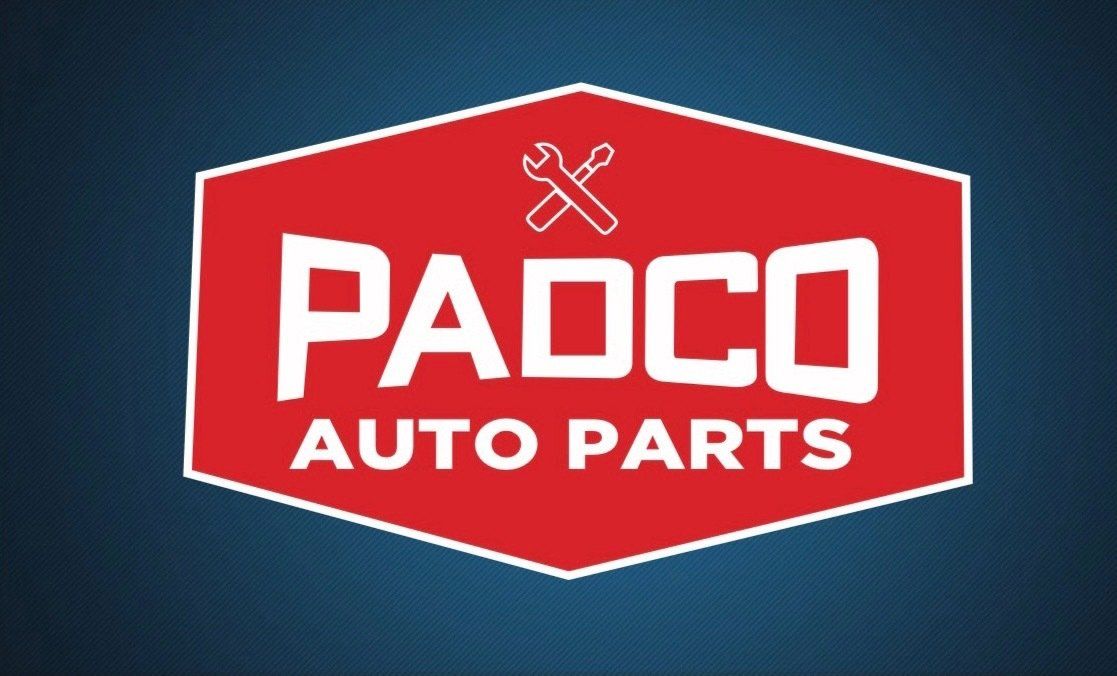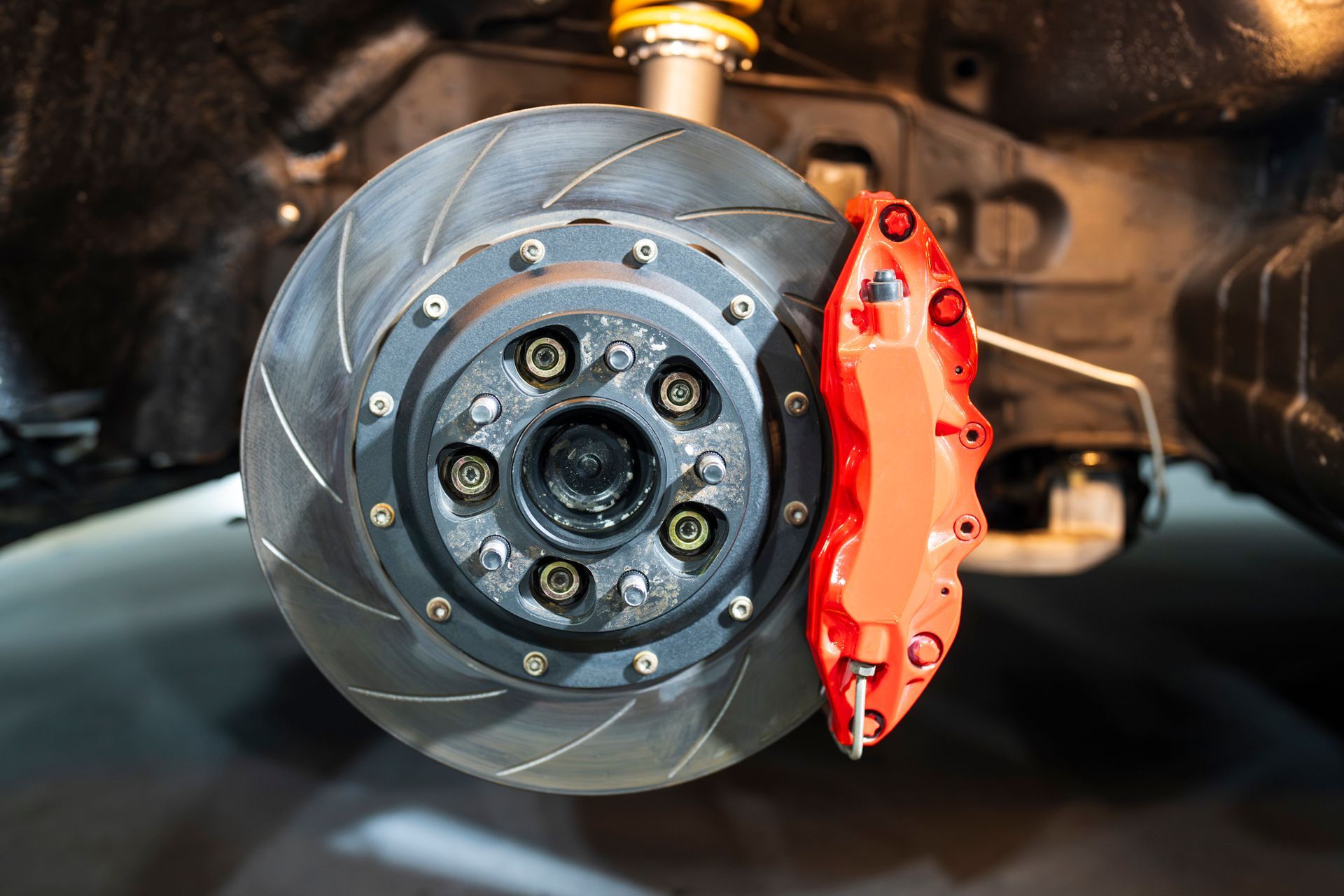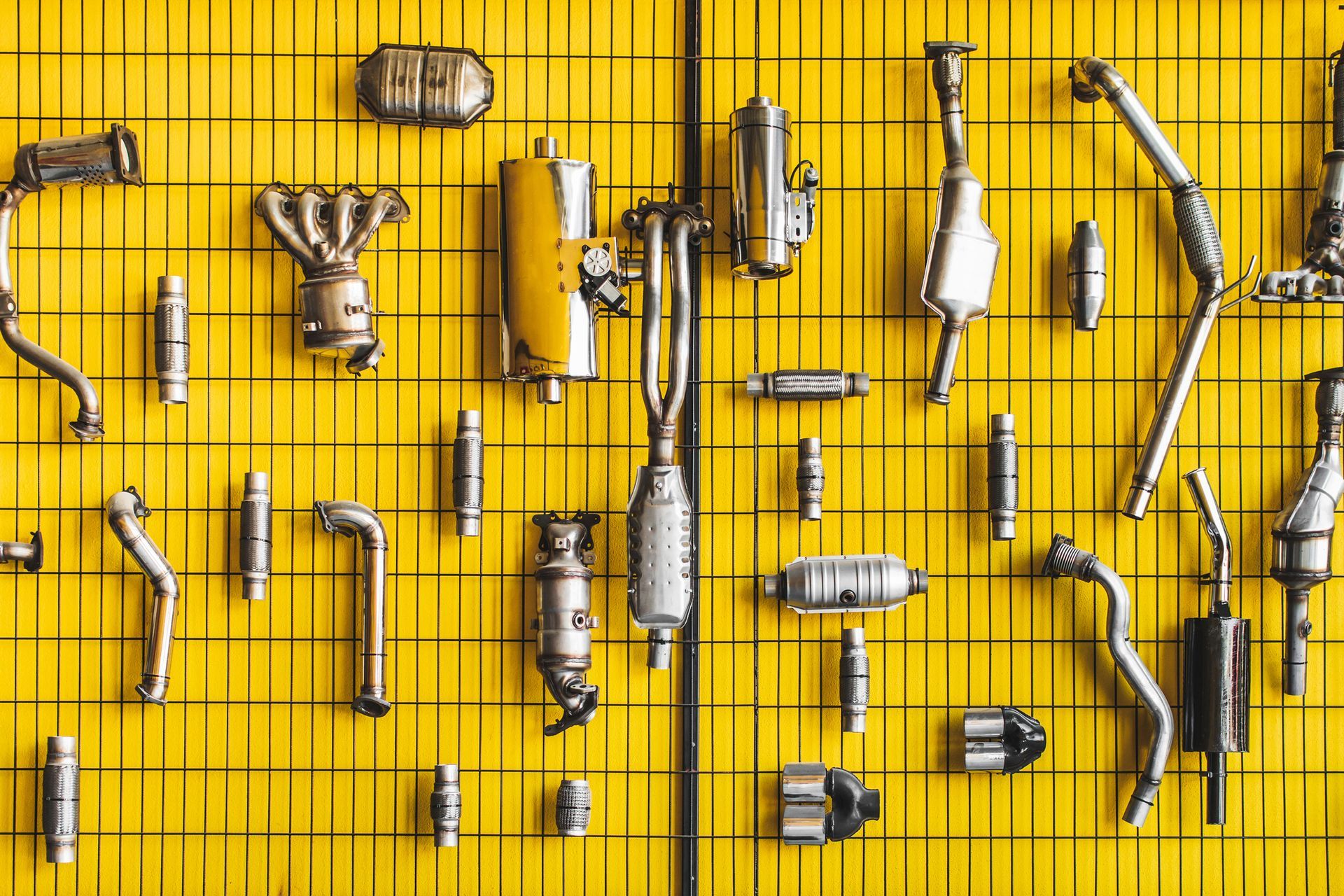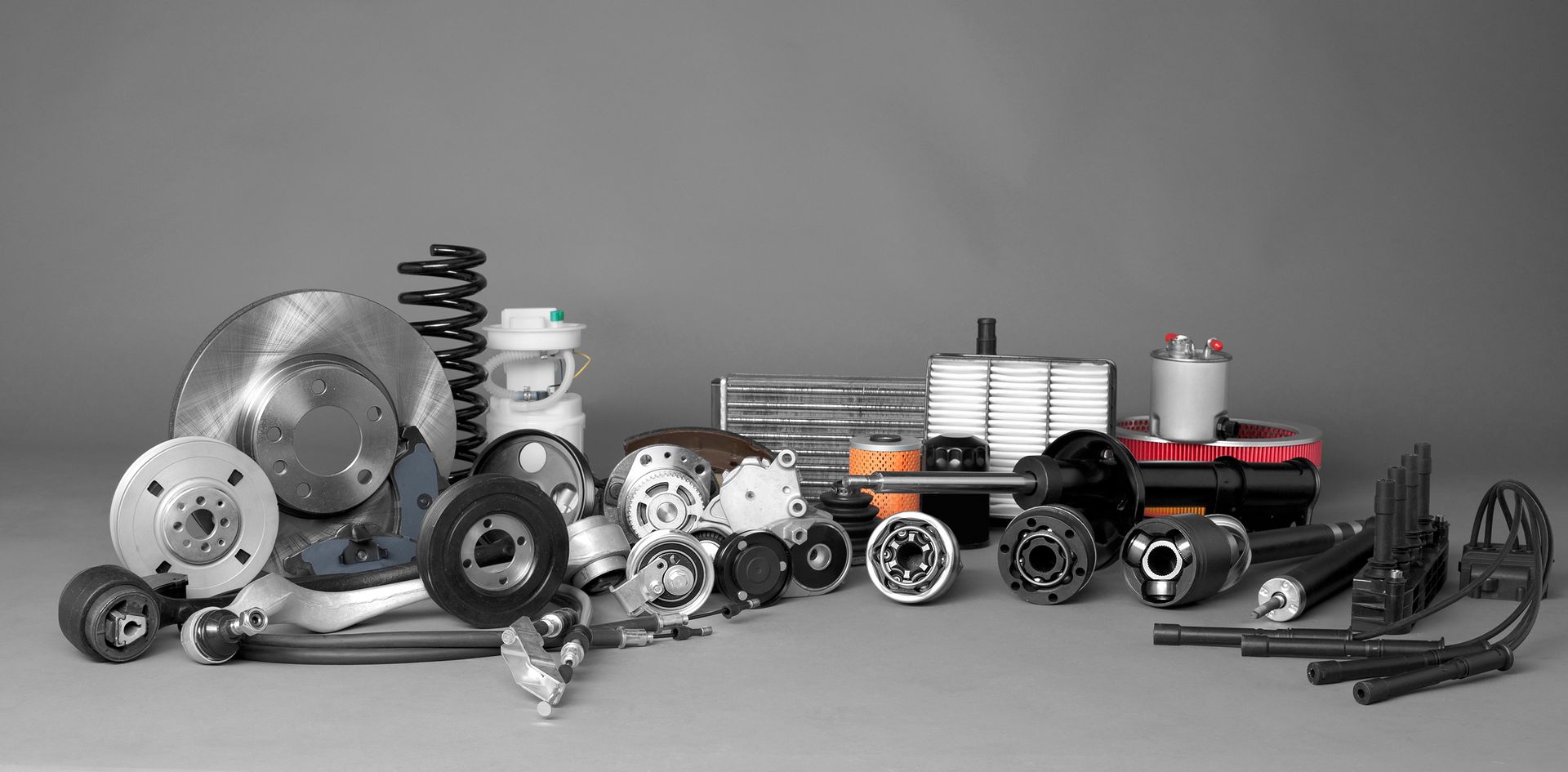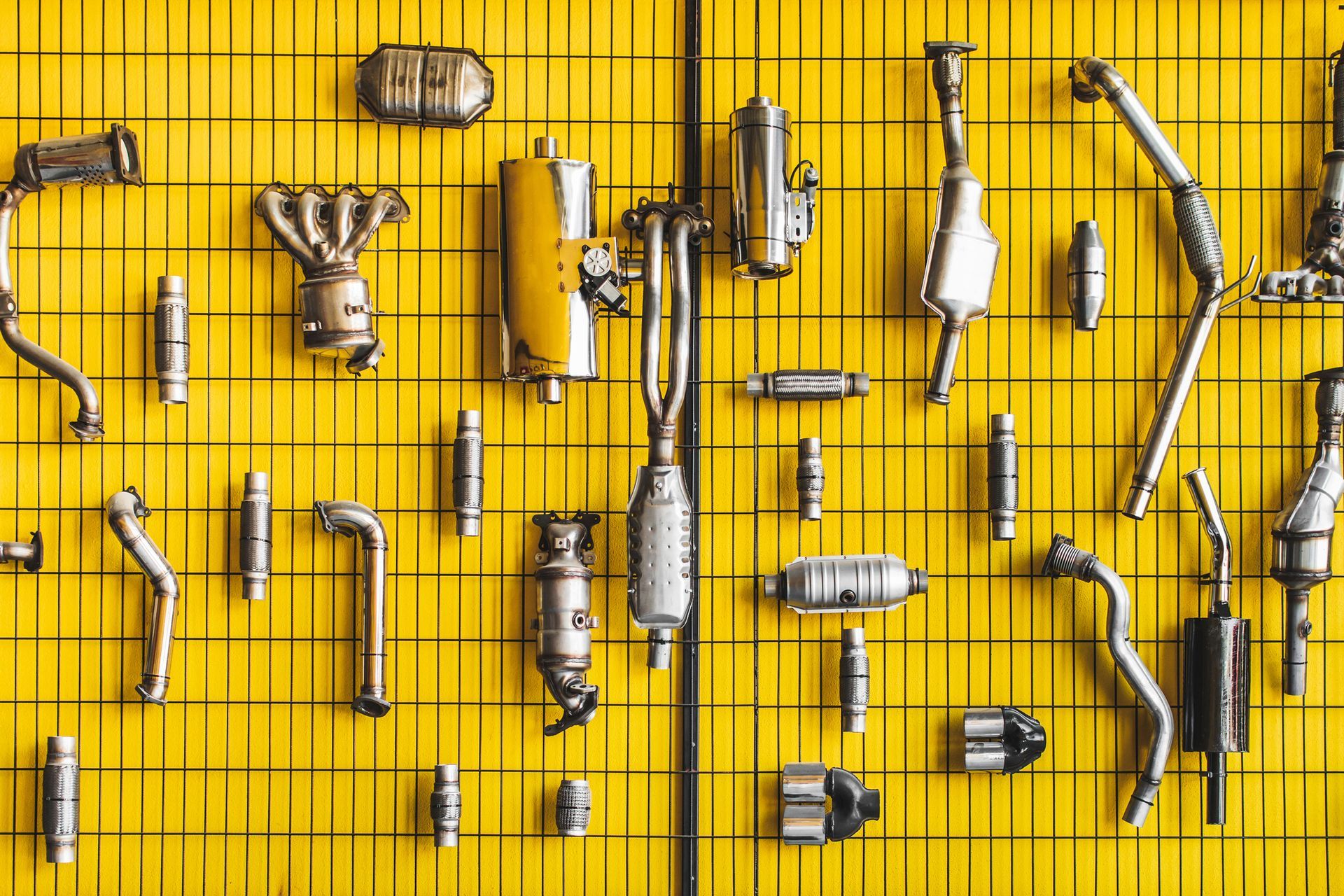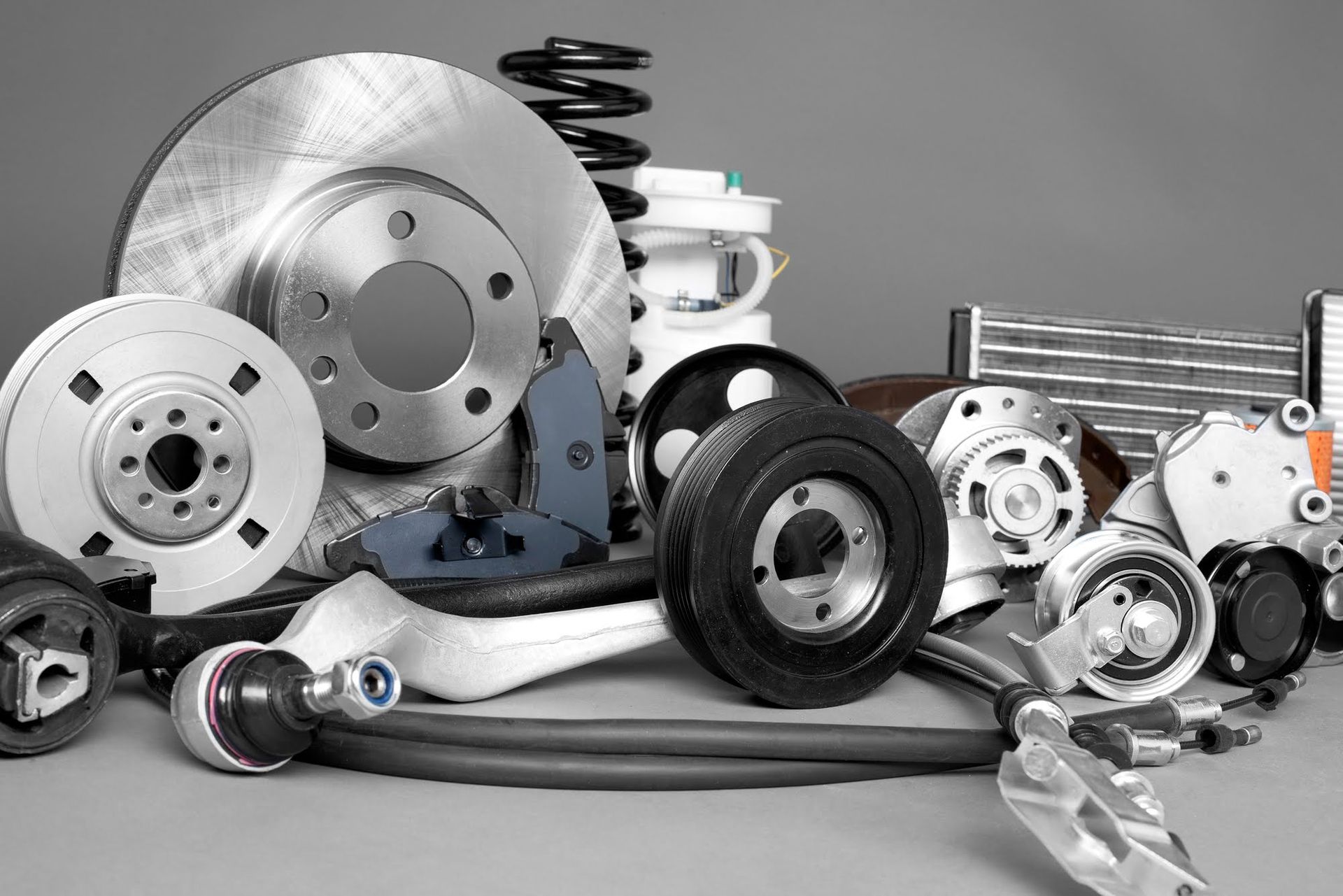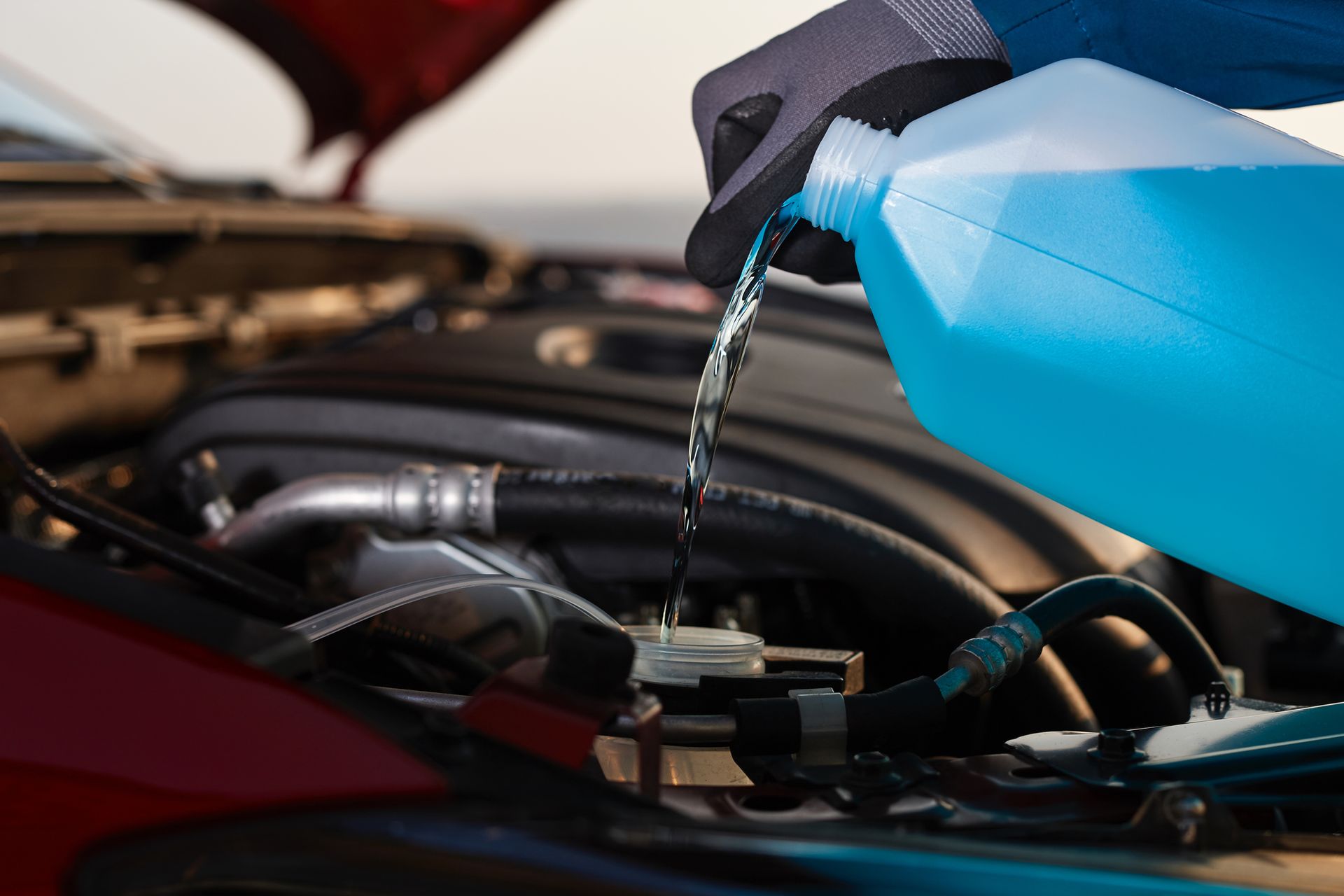Telltale Signs You Need to Repair Your Brakes Pads
websitebuilder • July 1, 2022
Brake pads are crucial car parts because they help stop a car in motion. Brake pads lay between two metal parts, the rotor and caliper, to reduce friction. A rotor is a rotating disc that presses on brake pads, and a caliper is a braking system component that squeezes brake pads on the rotor.
After some time, your brake pads will wear and tear because of the friction that they experience. Brake pads that are not in optimal working condition are risky to drive with. Therefore, you should always ensure that your brakes are working well. The guide below outlines the warnings you should look for that indicate it is time to change your brake pads.
Loud Brake Noises
When the wear indicator in your brake pads starts to thin out from the friction they experience, they produce loud screeching sounds when you press the brake pedal. Also, repeated hard braking can cause the brakes to overheat and glaze, creating a screeching sound. Therefore, you should visit the mechanic when you hear squeaky sounds in your brake pads.
Having low-quality brake pads in your vehicle is another reason why you could hear squeaky sounds in your car. Low-quality brake pads have a high metal content that rubs on the rotor causing the squealing sounds. To remedy this problem, you should replace the low-quality brake pads with other brake pads of good quality.
Mild Vibrations on the Pedal and Steering Wheel
The rotor must have a uniform thickness for your brake pedals to function well. When the rotor starts to wear out unevenly, having some thin sections and others thick, you will feel vibration pulses on the steering or brake pedal when you apply brakes.
In addition, when the rotor comes in contact with moisture and develops rust, you can experience vibrations on the pedal. Also, your car can experience a warped effect when dirt builds up in the rotor.
When you notice these vibrations, you should get your vehicle checked by a mechanic. Neglecting the vibrations can worsen the situation to the extent that the steering can pull while braking or the whole car can shake.
Less Sensitive Brakes
Every driver can estimate the time it takes for their car to slow down or stop when they apply brakes. Therefore, they can quickly notice when their vehicle takes longer to brake than usual. A longer brake time may be the result of less effective brakes.
Less effective brakes could result from worn-out brake pads, brake fade caused by heating pads and rotors, or low brake fluid levels that result in low hydraulic pressure. Any time you realize your vehicle is taking longer than usual to brake, get professional help.
Shining Light on Brake Pad Indicator
The brake pad indicator produces warning brake lights when the brake fluid level exceeds the required minimum, or when the brake fluid is leaking. If you top up the brake fluid level or sort out the leak and the lights persist, that indicates something else.
Severely worn-out brake pads may prompt brake warning lights to turn on. Liaise with your mechanic to diagnose the problem with the brakes.
Thinner Brake Pads
Visually inspect your brake pads to see whether they are becoming thinner. The location of the brake pad is in the wheels between spokes pressed on a rotor. If the brake pad appears less than ¼ inch
thin, you should consider changing them.
When your brake pads start to wear out, they will show signs. Please do not ignore any unusual signs you get from the brakes since it could lead to severe consequences such as brake failure and even an accident. Contact us
today to order quality brake parts for your car.
